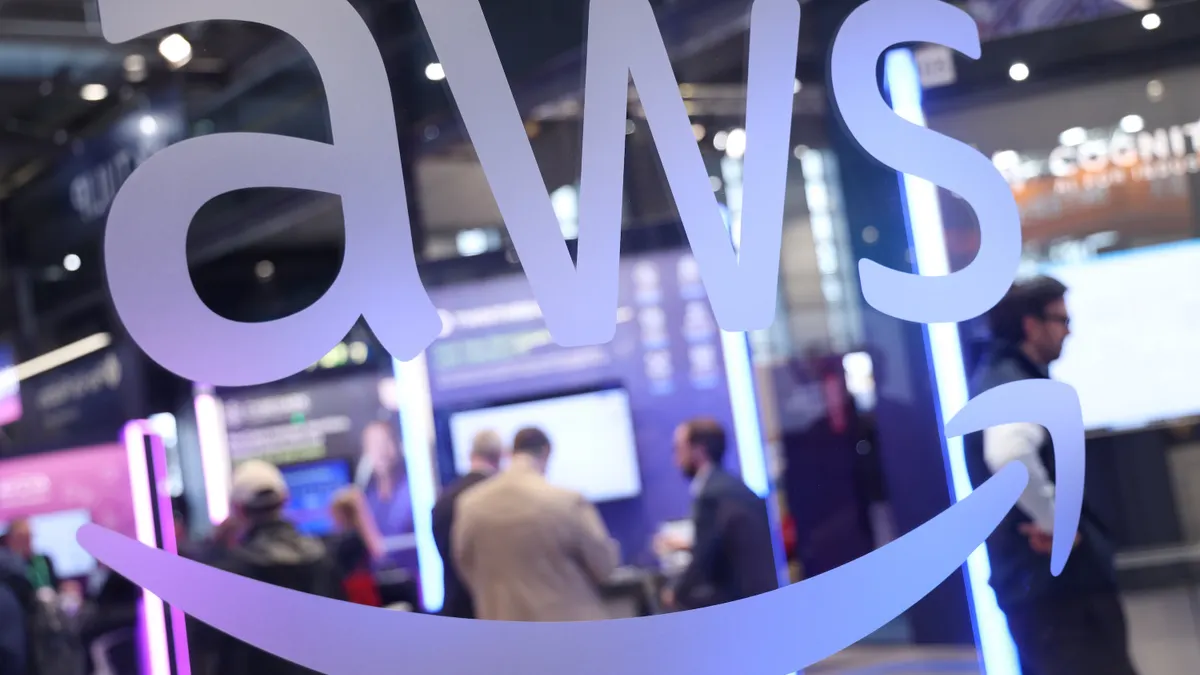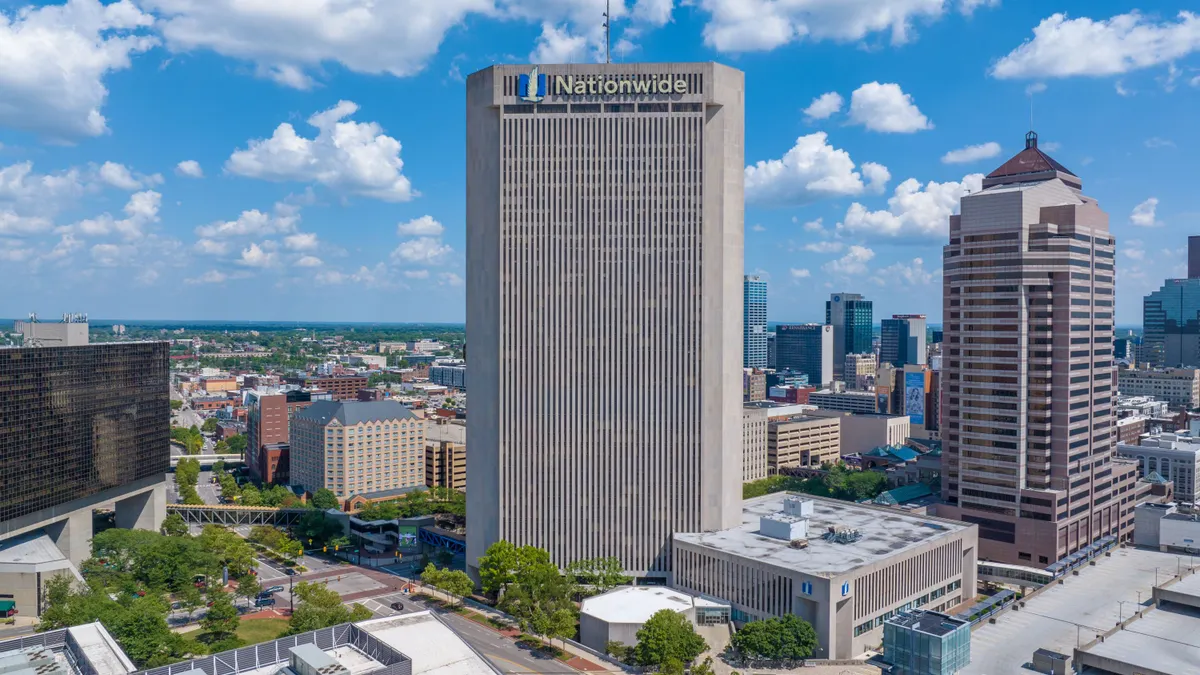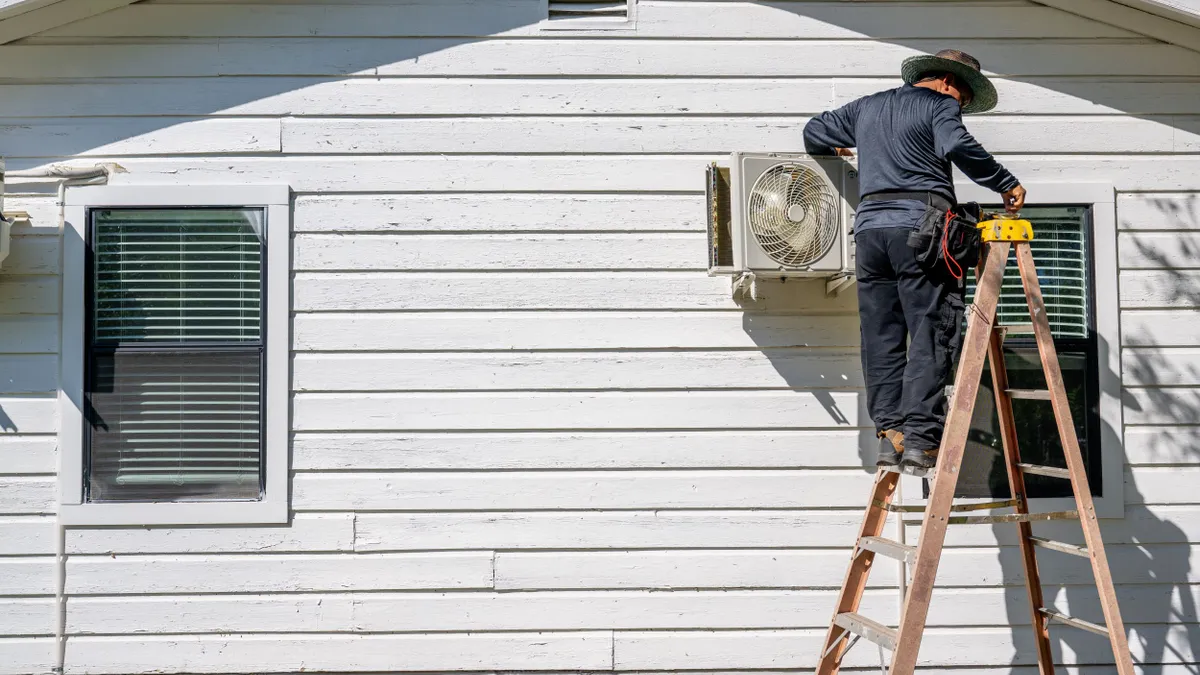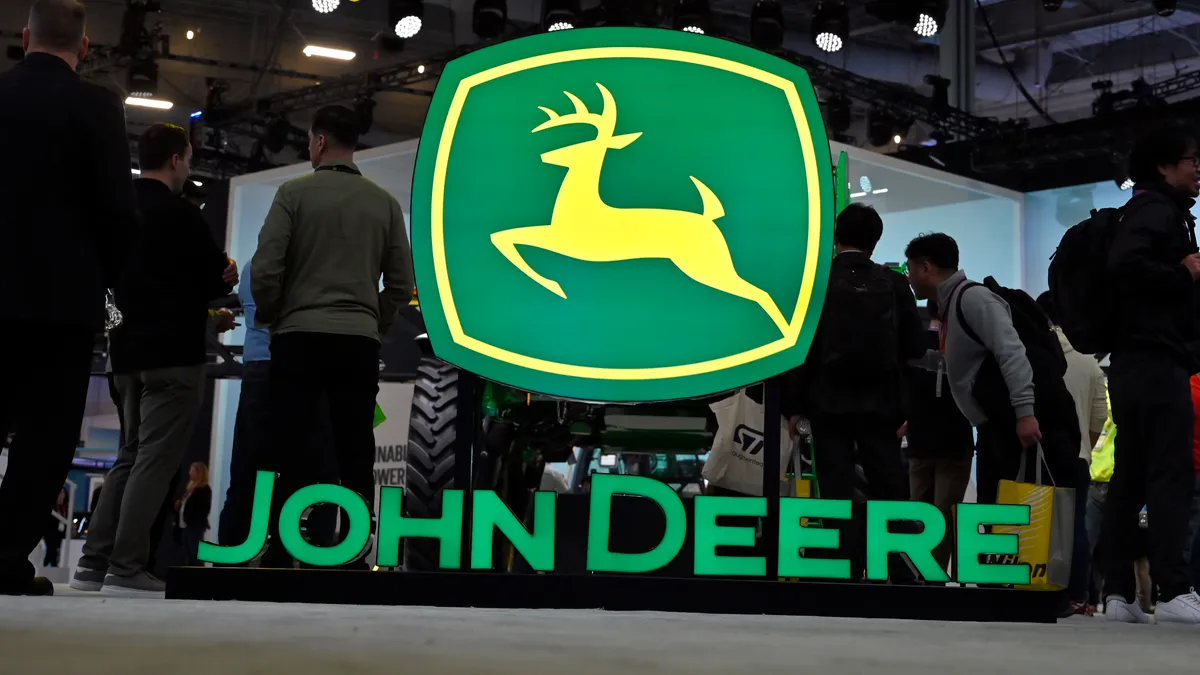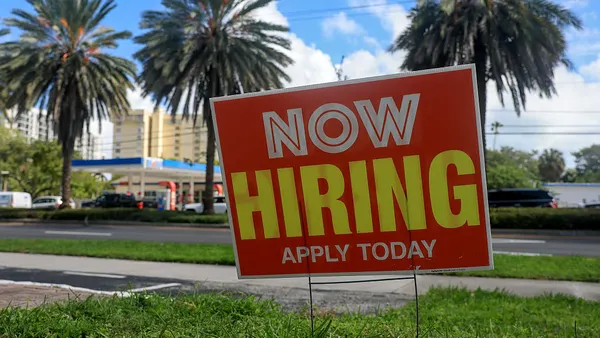Organizations have long relied on the H-1B system to grant access to highly technical foreign talent — more than two-thirds of which work in computer-related fields — but the attitude toward immigration in the U.S. has changed and the U.S. Citizenship and Immigration Services' (USCIS) policies have made the application process more challenging.
The lottery opens on April 2 and already organizations are scrambling to ensure applications are properly completed.
Here are four policies that could drastically impact the adjudication process:
-
The Department of Homeland Security is looking to make changes to the H-4 visa, which allows spouses of H-1B holders to work in the U.S.
-
DHS also plans to "revise the definition of specialty occupation."
-
USCIS will increase the scrutiny of H-1B visa holders who are contractors and take third-party assignments.
-
USCIS suspended premium processing for the 2018 filing season, but does not apply to extensions, amendments and cap-exempt cases.
While seemingly small changes to H-1B processing can cause headaches for petitioners, it has a chilling effect in the ongoing debate about U.S. immigration policies.
"There is a general notion within the broader stakeholder community, even at the international student level, that these polices do convey messages of the United States being a little less welcoming," said Rebecca Peters, director of government affairs at the Council for Global Immigration.
Particularly in the STEM fields, which attracts significant numbers of H-1B petitioners, other countries are hiring.
"Eventually, if Congress won't address these issues, the market will," Peters said.
A lot has changed, but it has nothing to do with the law
Immigration officials, lawyers and visa applicants were sent scurrying last year when USCIS rolled out policy memos just weeks — and in some cases days — before the cap opened.
In particular, program changes have focused on the tech sector, IT consulting companies and the types of employers that hire H-1B workers to place at third-party sites, according to Jennifer Minear, immigration lawyer from Richmond, VA.
The impact of increased scrutiny is felt by all H-1B applicants, not just tech workers or third-party contractors.
"Eventually, if Congress won't address these issues, the market will."
Rebecca Peters
Director of government affairs at the Council for Global Immigration
Through many of its memorandums, USCIS is seeking additional evidence. With recently issued third-party worksites memorandum, for example, the agency is essentially requesting itineraries and contracts which show the employer-employee relationship in detail, according to Peters.
But the specificity of the information requested will spark additional requests for evidence (RFEs) and, in turn, visa petition denials.
Whether an individual employer or the end client, the H-1B petition process can take between six and 10 months to prepare, Peters said. With the memo issued just weeks before the start of the cap season, many petitions will likely need amendment.
While USCIS is limited in what it can do, it's reinterpreting laws in a much more constricted fashion.
"I think [this] will result in fewer approvals and many more requests for evidence before approvals are issued," Minear said. "We saw that last season. I think we'll see it again this year."
RFEs
The H-1B petition process already demands close attention to detail and patience on the part of both companies and petitioners. But the series of memorandums sent out by USCIS add nuance to the application process, and in some cases further slows the process.
It takes between six and eight months from the filing date for applicants to receive approval, denial or RFE, Minear said. "The concern is that, in many cases, you file in April and the [visa] effective date is going to be Oct. 1, the first date of the fiscal year."
"I think [the amendment] will result in fewer approvals and many more requests for evidence before approvals are issued. We saw that last season. I think we'll see it again this year."
Jennifer Minear
Immigration lawyer
In many cases, it can be close to effective date and applications are still not adjudicated and RFEs delay the process further.
"The government seems to require more and more explanation and justification through the years," said Morris Deutsch, partner at immigration law firm Deutsch, Killea and Eapen in Washington. "I personally don't have a problem with that if they're just trying to have people make it very clear that if you're applying for an H-1B visa, then it's an appropriate visa given the particular employees' job."
With the government adding new requirements, Deutsch said his firm is applying it to all cases. "That's just the nature of immigration law," he said.
Over the last 14 months of the Trump administration, "we know that RFEs in general are up over 50% compared to last year," Peters said.
The approval — and renewal — process
Every time petitioners are given an RFE, they have 84 days to respond. But gathering requested documentation takes time. And once it's provided to the government, the agency could still take months to provide a final answer.
Renewals, too, are becoming more difficult.
"The government seems to require more and more explanation and justification through the years. I personally don't have a problem with that if they're just trying to have people make it very clear that if you're applying for an H-1B visa, then it's an appropriate visa given the particular employees' job."
Morris Deutsch
Partner at immigration law firm Deutsch, Killea and Eapen
Normally routine renewals face challenges because of a policy eliminating deference. In the past, if an H-1B visa holder wanted to renew an application, USCIS would defer to its prior decision.
Today, an approved visa holder will not automatically requalify.
"The level of uncertainty for the regulated community is higher probably than it's ever been with regard to H-1Bs, and that of course just makes people skittish about filing at all," Minear said.
Up against the cap
In 2017, for the fifth consecutive year, the cap was reached in five days, and USCIS received 199,000 petitions — more than double the cap.
From FY 2001-2003, the program allowed for the disbursement of 195,000 visa but was lowered to the current numbers — 65,000 visas with an additional 20,000 visas for graduate degree holders from U.S. universities.
"The main problems have been the shortage of quota," Deutsch said. Before the quota was lowered, there was never a backlog and individuals could receive H-1B visas throughout the year without difficulty.
"This year with the better performing economy, I am concerned that there might be a lot more than the 250,000 applications," Deutsch said. "So the odds of getting in the quota will be even tougher."
Though the economy has performed well, Minear believes that the attitude around immigration and the administrative file challenges will deter some applicants.
"I do think they will still fill the quota, for sure," Minear said. "It will be interesting to see whether the total number of petitions decreases this year or not because of the negative press around immigration generally."
USCIS is working to improve the petition process and is scheduled to consider at a future date a notice of proposed rule making to install an electronic process to allow employers to file basic information in advance of the cap, though a potential system is a a long way out, according to Peters.
"If it's done appropriately, this would allow employers to really wait to file the actual petitions until after the lottery has been conducted," she said. "So it would actually save government and employer resources if it's done correctly."









